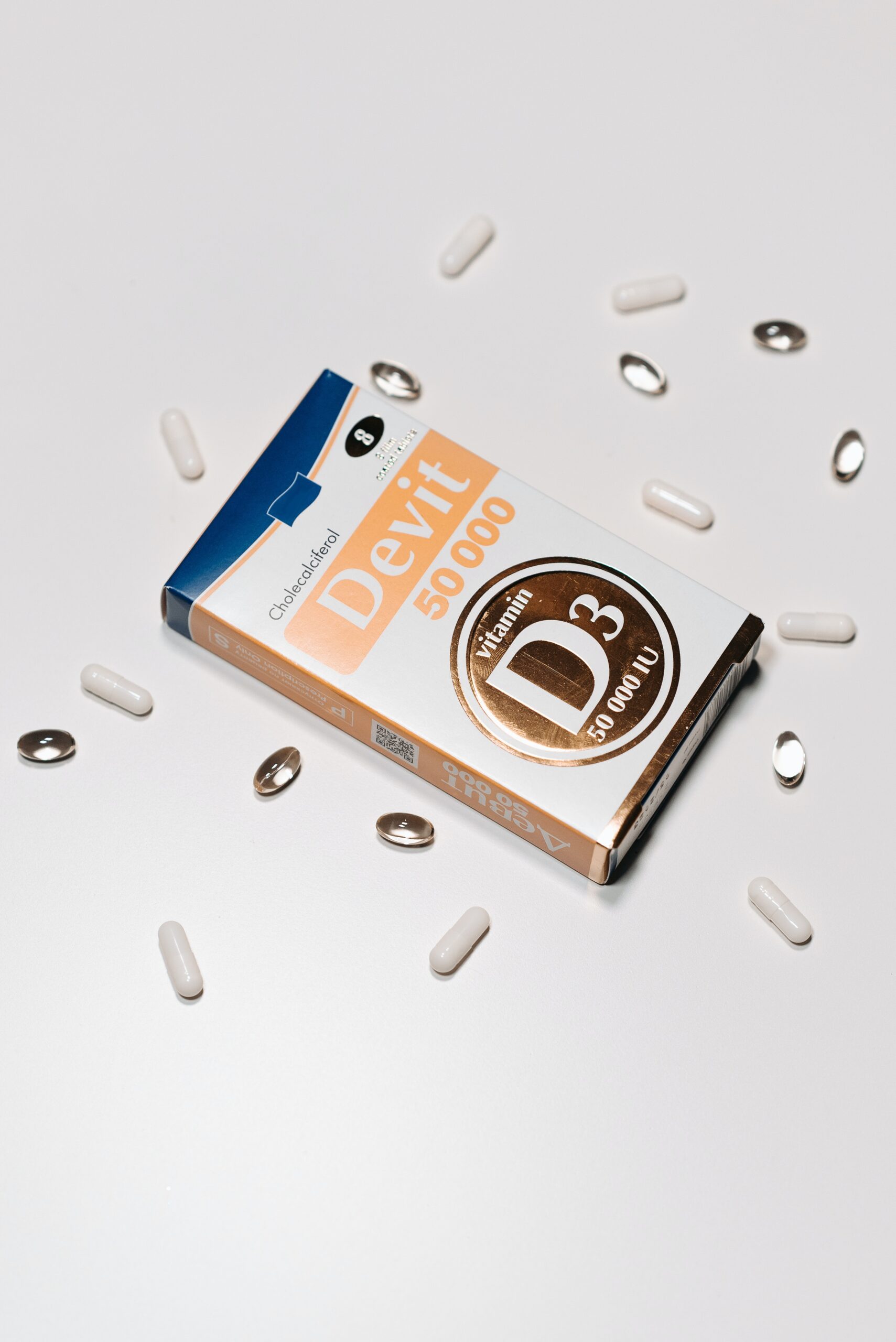The human body needs various vitamins to function. A healthy diet provides most of the vitamins that people need. When the diet alone does not provide enough nutrients, taking vitamin supplements helps fill nutritional deficiencies. Because supplements are not as strictly standardized and regulated as pharmaceuticals, it can be difficult to determine the amount of a substance in a particular preparation and know an acceptable dose. Vitamin supplements can be measured in milligrams, micrograms, or international units. Converting between these units can help clarify the amount of vitamin needed.
What are International Units (IU) and what are they used for?
One of the most common unit conversions in medication is from international units (IU) to milligrams (mg) and micrograms (μg). This is because people are used to seeing milligrams in the dosage of medication, and noting in other units of measurement confuses them.
International unit (ME, in English: International unit, IU) in pharmacology is a unit for measuring doses of a substance based on its biological activity. It is used with vitamins, hormones, some drugs, vaccines, blood components and similar biologically active substances.
Despite its name, the IU is not part of the International System of Measurement. The amount of substance in 1 IU for different classes (types) of substances is completely different.
The exact definition of one IU differs for different substances and is established by international agreement. The Committee for Biological Standardization of the World Health Organization provides reference blanks (samples) of certain substances, (arbitrarily) quantifies the IU units contained in them, and defines biological procedures for the comparison of other blanks with the reference blanks. The aim of such procedures is to achieve that different preparations having the same biological activity contain the same amount of IU units.
In the metric system, 1000 milligrams (mg) is a unit of mass equal to 1 gram and 1000 micrograms (mcg) is equal to 1 milligram (mg) and will be the same no matter what you measure. The IU (International Unit) tries to measure “biological effect”, not mass. The international units themselves are most often used for dosing vitamins, vaccines, enzymes, hormones or medicines, where it is necessary to account for the biological effect of a unit of active substance.
In other words, international units (I.U.) account for the action and effect of the active substance in the body, not just its quantity in the medication. However, this creates difficulty in converting IU into milligrams and micrograms, because each substance has a different activity in the body and it must be calculated specifically for it.
Thus, if you know the recommended dose in micrograms (μg), and the product is given international units (IU), then you must convert the values for the specific substance. For example, 1 IU of vitamin A is the biological equivalent of 0.3 mcg of retinol but 0.6 mcg of beta-carotene.
If you need to convert from mg to μg or vice versa, you can use the converter to convert grams, milligrams, and micrograms for solid dosage forms.
The Committee for Biological Standardization of the World Health Organization (WHO) deals with how many IUs different medicines respond to and their standardization.
1 IU insulin = 45.5 μg pure crystalline insulin
1 IU Vitamin A = 0.3 μg retinol, or 0.6 μg beta-carotene
1 IU Vitamin C = 50 μg L-ascorbic acid
1 IU Vitamin D = 0.025 μg cholecalciferol/ergocalciferol
1 IU Vitamin E = 0.67 mg of D-alpha-tocopherol, 0.9 mg of DL-alpha-tocopherol and 0.74 mg of D-alpha-tocopheryl acetate
Photo by Pavel Danilyuk:












